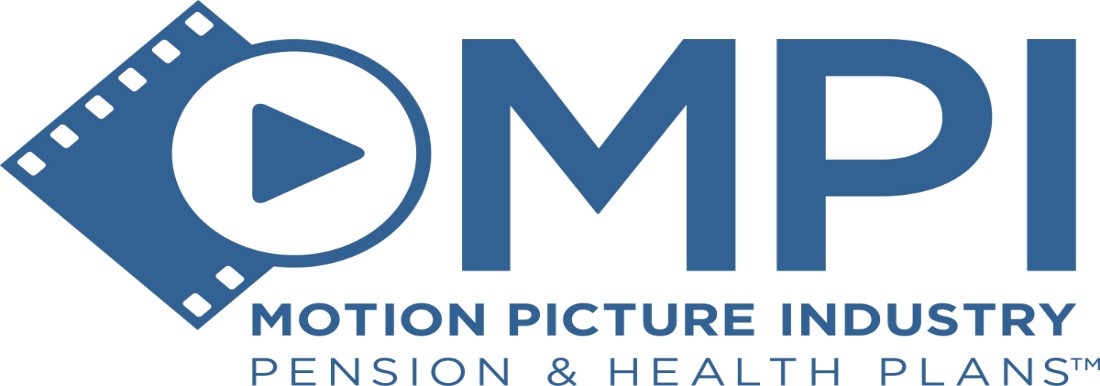As we head to print (or is that digits?) rumors continue to swirl that the AMPTP has invited the WGA to sit down and talk again, or at least talk about talking, and perhaps eventually find themselves back at the negotiating table.
If indeed true, the surprises would be that the AMPTP made the first call – and that it was to the WGA, and not SAG-AFTRA. That might signal a kind of strategic sequencing leading to the resumption of not only production, but things that get consumer/viewer eyeballs excited about those productions, like The Emmys, and brand-name actors on social media and talk shows, touting how their current film was their happiest creative experience ever, etc.
One had thought producers might consider settling with actors first, if only to get the fall promotion back on track, for all those Oscar contenders. Though to be clear, being in the “initial rumor” stage simply about sitting in rooms together is far, far from a settlement, and even the public pronouncements since then are a bit less than promising, with the WGA accusing producers of running their “tired anti-union playbook straight out of the 2007/08 strike,” among other things, and the AMPTP countering with a late-night statement saying the WGA’s “rhetoric is unfortunate. This strike has hurt thousands of people in this industry, and we take that very seriously. Our only playbook is getting people back to work.”
And while those actors are, of course, literally Hollywood’s most visible faces, still, if you’ve settled with them first, and have them back doing ad-libbed, unscripted hosting of things like, well, the Emmys, then it might occur to them to keep talking up the plight of the writers, and the recalcitrance of producers, playbooks and all, on all those national, studio-owned, linear TV networks.
Still, a settlement with either guild would certainly augur an impending settlement with the other, for better or worse. Or likely, better and worse. So we shall see, as we head into the season of Santa Ana winds.
Meanwhile, the strike continues to take its toll on rank-and-file Hollywood workers. Towards that end, IATSE and Teamsters Local 399 had a food drive last week, in the parking lot of their West Coast offices, “open to all union workers in the entertainment industry and their families who have been affected by the work stoppage. No membership ID will be required to receive food.
View this post on Instagram
Similarly, there are now constant reports of various A-listers making hefty donations to both the SAG-AFTRA Foundation and Entertainment Community Fund. All of which brought me back to a friendly exchange occasioned by the column written in the wake of the now-storied Fran Drescher press conference (could it really have been less than a month ago that SAG-AFTRA joined the writers? Because it’s starting to feel like “the strike” is simply another ongoing existential part of the landscape, like those aforementioned winds).
The e-pistle was from a rep at one of the IA locals. They had kind things to say about the coverage and also a gentle correction. So gentle, that perhaps we might consider it more of an “emendation.”
I’d mentioned then that while the unified front among so many guilds and locals was laudable, and that many of the issues overlapped (particularly that of AI displacement, different as it might be for the uncompensated rendering of an actor’s image, versus, say, machine learning getting better and better at color timing or visual effects [or least “just good enough” for those with the purse strings]).
But when it came to streaming residuals, and increases won in previous strikes, I also wrote “below-the-line crafts folk, no matter how celebrated for their cinematography, costume or production design, visual effects artistry, or anything else, have never shared in those residuals […] Nor will they get them when this strike finally ends, however it does. Making, really, the pensions and health benefits for those IATSE locals even more critical.”
I may have been right about the criticality, but perhaps wrong, in a broad sense, about the residuals.
As our gentle admonisher wrote, “it’s not accurate to say that below the line crew don’t get residuals. They do not get individual residuals [emphasis added] but residuals are paid entirely and directly into their health and pension plans. The residuals paid are less than what above-the- line professionals are paid. [They] have their residuals bifurcated; part of the residual is paid to them directly, the rest goes into their health and pension plans.”
Fair enough.
Our helpful correspondent continued, “there is a great deal of talk about how residuals are either nonexistent, or are too small for writers, actors, and directors. While this is indeed true, and needs reform, perhaps the bigger issue for the collective is that the insufficient payment of residuals could potentially make the unions’ health and pension plans massively underfunded in a short period of time.
This is truly an existential threat. With no universal healthcare in the United States and no real prospect of it in combination with rapidly increasing healthcare costs every year, it’s essential that film and television workers have healthcare and retirement plans that they can count on.”
Another issue, of course, is workers – either above or below – not getting their qualifying hours for medical coverage during the shutdown, aside from the degree to which eventual contract settlements can get the AMPTP to keep up with the residual side in the face of spiraling costs.
Which brings us to another item in this week’s news cycle – namely that the MPIPHP – which is to say the Motion Picture Industry Pension and Health Plan – is now “augmenting” the qualifying hours it takes to still be eligible for health benefits, as reported by our colleagues over at Variety and the Reporter. This will nearly cut in half the number of credited hours needed to keep qualifying for those benefits. Participants can also make a one-time “hardship withdrawal” from their retirement plans, at no more than 20% of its total value.
You can find the MPIPHP website here, if need be. A part of which I’d been directed to earlier by that same friendly correspondent, who sent me straight to the PDF of the plan’s handbook, for my own edification.
You may of course already have access to such things via their app on your phone, but now here’s a handy-dandy direct link, too.
As our IA rep summarized, “if you read through the entire document, because why not, you will see that this agreement covers people in a multitude of different trades, working in the entertainment industry including those who maintain the back lots. Broadly speaking, this health and pension plan covers nearly every crew member in film and tv who’s not an actor, director or writer.”
But whether one is “A” or “B” – TL, increasingly, Hollywood workers need the help from their community to sustain the current labor action. Making the very tentative gesture from the AMPTP to the WGA as much “hoped for” as “rumored.” Though of course, even those soon-to-arrive Santa Anas, are still more tangible than any move toward a settlement.
Meanwhile, stay open to giving, or getting, help, to whatever degree you can, or need. And we’ll see you back here soon.
 Mark London Williams is a BTL alum who currently covers Hollywood and its contents and discontents in his recurring “Across the Pond” dispatch for British Cinematographer magazine, contributes to other showbiz and production-minded sites, and musters out the occasional zombie, pandemic-themed, or demon-tinged book and script, causing an increased blurring in terms of what still feels like “fiction.”
Mark London Williams is a BTL alum who currently covers Hollywood and its contents and discontents in his recurring “Across the Pond” dispatch for British Cinematographer magazine, contributes to other showbiz and production-minded sites, and musters out the occasional zombie, pandemic-themed, or demon-tinged book and script, causing an increased blurring in terms of what still feels like “fiction.”
Mark’s Union Roundup column will appear regularly, and he welcomes both tips and feedback at [email protected]. He can also be found on Twitter @TricksterInk.






